MRSA infection refers to inflammation caused by Staphylococcus aureus, which is resistant to methicillin. Staphylococcus aureus occurs in cluster-like groups, a Gram-positive bacterium that is quite pathogenic.
This bacterium frequently colonizes human skin and also inhabits the nasal mucosa. Carrying staphylococcus can be asymptomatic and harmless to humans. However, MRSA infection is usually complicated to treat. Staphylococcus aureus infection can cause severe and potentially life-threatening consequences.
Staphylococcus most often attacks the skin, causing infection and characteristic symptoms. The bacteria leads to infection, where the patient has a weakened immune system. Staphylococcus can be contracted from an infected person or a carrier through direct contact with infected objects. Very often, staph infections occur in hospitals. MRSA infection is a severe problem for health institutions. When staph bacteria become resistant to antibiotics, few treatment options remain, and the results can be fatal. Treatment often requires hospitalization and is at high risk of complications. Learn more about MRSA infection and stay safe.
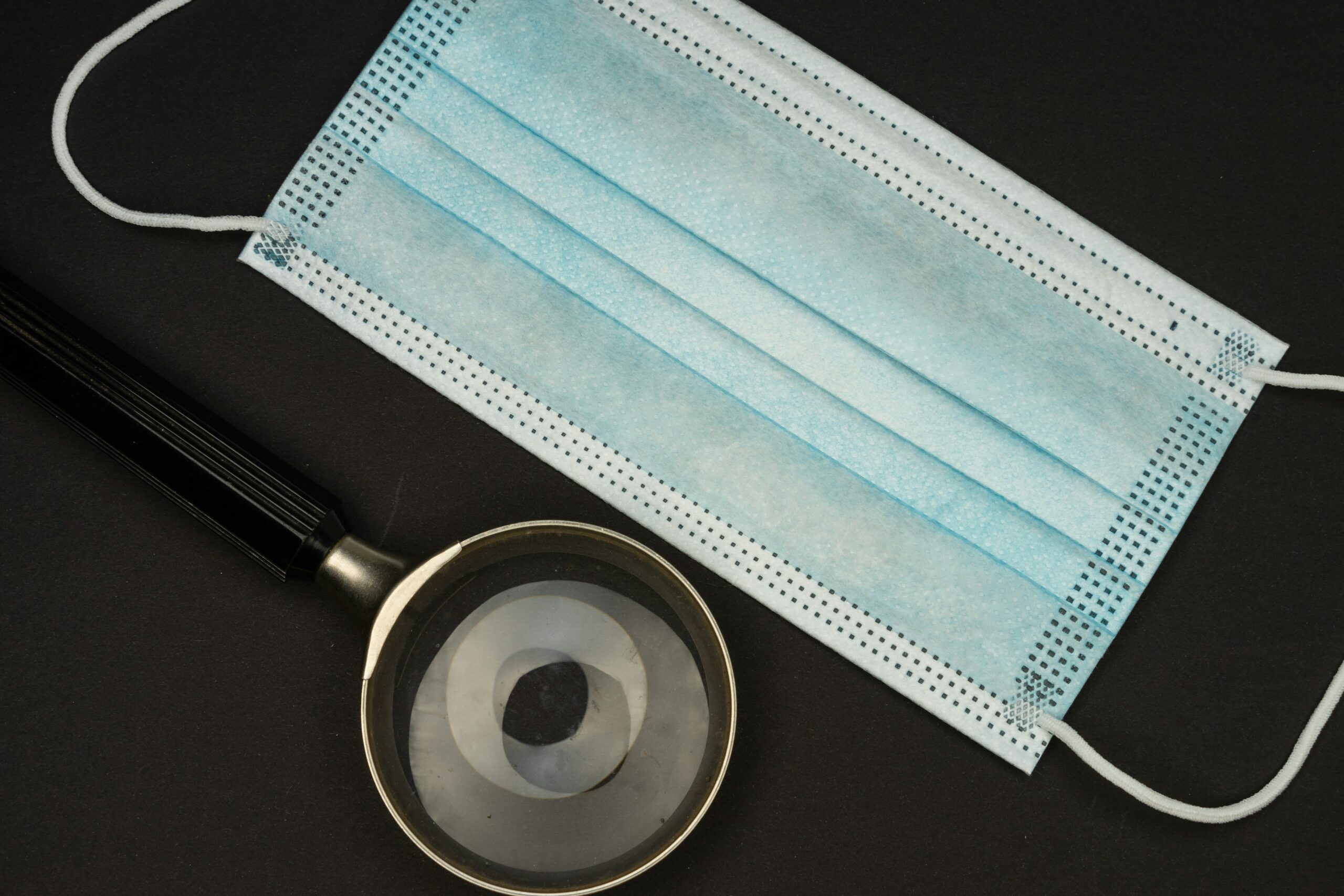
MRSA infections are caused by staphylococcus strains resistant to certain antibiotics. The type of methicillin resistance![]() developed by the microorganisms makes it challenging to treat the disease. Methicillin is a beta-lactam antibiotic belonging to the penicillin group. Penicillin stops the wall formation of bacteria so that the bacteria cannot multiply. This is why penicillins are used to treat diseases with a bacterial background. Bacteria causing MRSA infection are susceptibles to antibiotics from the beta-lactam group, including pencils, cephalosporins, carbapenems, and monobactams.
developed by the microorganisms makes it challenging to treat the disease. Methicillin is a beta-lactam antibiotic belonging to the penicillin group. Penicillin stops the wall formation of bacteria so that the bacteria cannot multiply. This is why penicillins are used to treat diseases with a bacterial background. Bacteria causing MRSA infection are susceptibles to antibiotics from the beta-lactam group, including pencils, cephalosporins, carbapenems, and monobactams.
Staphylococcus aureus![]() is a rapidly spreading bacterium. It can be contracted in various ways, such as contact with infected objects, contact with a carrier, or by the droplet route. The staphylococcus bacterium easily colonizes the skin and the surface of mucous membranes, especially damaged ones. It is widespread in hospitals and among medical staff. The presence of pathogenic strains of staphylococcus in the body can be latent for years. At that time, staphylococci do not produce any symptoms. Their activation causes the development of many serious diseases.
is a rapidly spreading bacterium. It can be contracted in various ways, such as contact with infected objects, contact with a carrier, or by the droplet route. The staphylococcus bacterium easily colonizes the skin and the surface of mucous membranes, especially damaged ones. It is widespread in hospitals and among medical staff. The presence of pathogenic strains of staphylococcus in the body can be latent for years. At that time, staphylococci do not produce any symptoms. Their activation causes the development of many serious diseases.

MRSA infection can be transmitted by physical contact with an infected person. Transmission between various species is also possible so that a person can contract staphylococcus from an animal![]() . Several reports by different authors from multiple world regions have been published on various animal species, such as poultry, pigs, cattle, sheep and goats, equines, and pets. In addition, MRSA infection can occur through contact with a healthy person, as Staphylococcus aureus is a bacterium that naturally resides in the nose of healthy people without causing any symptoms.
. Several reports by different authors from multiple world regions have been published on various animal species, such as poultry, pigs, cattle, sheep and goats, equines, and pets. In addition, MRSA infection can occur through contact with a healthy person, as Staphylococcus aureus is a bacterium that naturally resides in the nose of healthy people without causing any symptoms.
Infection is exceptionally high in hospitals, especially with contaminated objects such as bedding, doors, instruments, and medical equipment. In addition, infection can occur through sharing objects with an infected person. Such items include but are not limited to, towels, cutlery, grooming, and hygiene items. The risk of infection also increases if the patient has skin lesions in the type of abscess.
According to research, several important risk factors influence MRSA infection. A risk factor is a condition or a characteristic that makes it more likely that you will get sick or injured. Risk factors for MRSA infection include:

It has been noted that patients under the age of 7 years![]() have a higher risk of contracting MRSA. Seniors, on the other hand, are at risk of a more severe course of the disease and higher mortality.
have a higher risk of contracting MRSA. Seniors, on the other hand, are at risk of a more severe course of the disease and higher mortality.
In addition to this, an association between MRSA risk and smoking habits![]() is indicated. It may be related to the fact that regular smoking affects the immune system. On the other hand, a weakened immune system is more prone to various infections.
is indicated. It may be related to the fact that regular smoking affects the immune system. On the other hand, a weakened immune system is more prone to various infections.
Another risk is taking antibiotics at least one year![]() previously. The main disadvantage of antibiotic therapy is that it dramatically impairs the immune system and the body as a whole. Antibiotics destroy both pathogenic and beneficial bacteria needed to keep the body healthy, such as bacteria in the gut. It can cause susceptibility to infections.
previously. The main disadvantage of antibiotic therapy is that it dramatically impairs the immune system and the body as a whole. Antibiotics destroy both pathogenic and beneficial bacteria needed to keep the body healthy, such as bacteria in the gut. It can cause susceptibility to infections.
It is clear that chronically ill patients![]() are more prone to various types of infection and their associated more severe course. Although we should all be taking protective measures against resistant bacteria nowadays, this knowledge should prompt patients with certain chronic diseases to treat them reliably and take special precautions.
are more prone to various types of infection and their associated more severe course. Although we should all be taking protective measures against resistant bacteria nowadays, this knowledge should prompt patients with certain chronic diseases to treat them reliably and take special precautions.
Poor hygiene also impacts the greater spread of MRSA bacteria. Therefore, family income![]() is also related to the risk of MRSA infection. Poor families may lack access to and opportunities to maintain good hygiene. Lack of access to education also influences this risk.
is also related to the risk of MRSA infection. Poor families may lack access to and opportunities to maintain good hygiene. Lack of access to education also influences this risk.
Staphylococcus can cause MRSA infection in the event of skin damage, trauma, surgery, or a weakened immune system of the person carrying it. MRSA infections can be nosocomial![]() or extramural
or extramural![]() . Staphylococcus bacteria can invade various areas of the body, and for this reason, symptoms can vary. MRSA infections can infect the skin or organs. Find out the symptoms of the different types of MRSA infection.
. Staphylococcus bacteria can invade various areas of the body, and for this reason, symptoms can vary. MRSA infections can infect the skin or organs. Find out the symptoms of the different types of MRSA infection.

Staphylococcus aureus is rarely a factor in out-of-hospital pneumonia. More often, it causes pneumonia in the hospital setting. Bacterial pneumonia![]() is referred to as inflammation of the lung parenchyma. In such cases, the following symptoms are present:
is referred to as inflammation of the lung parenchyma. In such cases, the following symptoms are present:
When MRSA infection causes pneumonia, one of the symptoms is a cough, especially a wet cough. A wet cough is an unconditioned defensive reflex of the airways to clear them of lingering secretions. Unlike a dry cough, it benefits human health and should not be inhibited. It is characterized by frequent expectoration of thick and sticky secretions.
In the course of MRSA pneumonia infection, patients may have difficulty breathing. There is wheezing. Wheezing when inhaling air occurs when the upper airways are narrowing, i.e., outside,e the chest. Wheezing is particularly loud, noticeable, and has a constant frequency.
High fever and weakness are common symptoms of pneumonia, as are chills and cold sweats. A sustained high fever can lead to dehydration and electrolyte imbalance, with consequent changes in heart rhythm, drop in blood pressure, and syncope. However, this only happens in extreme cases.
Pneumonia can cause chest pain. It is usually located in the lateral parts of the chest and worsens with deep breathing and coughing. Therefore, pneumonia can cause sharp and stabbing pain. It most often affects one side of the chest and may radiate to the back.
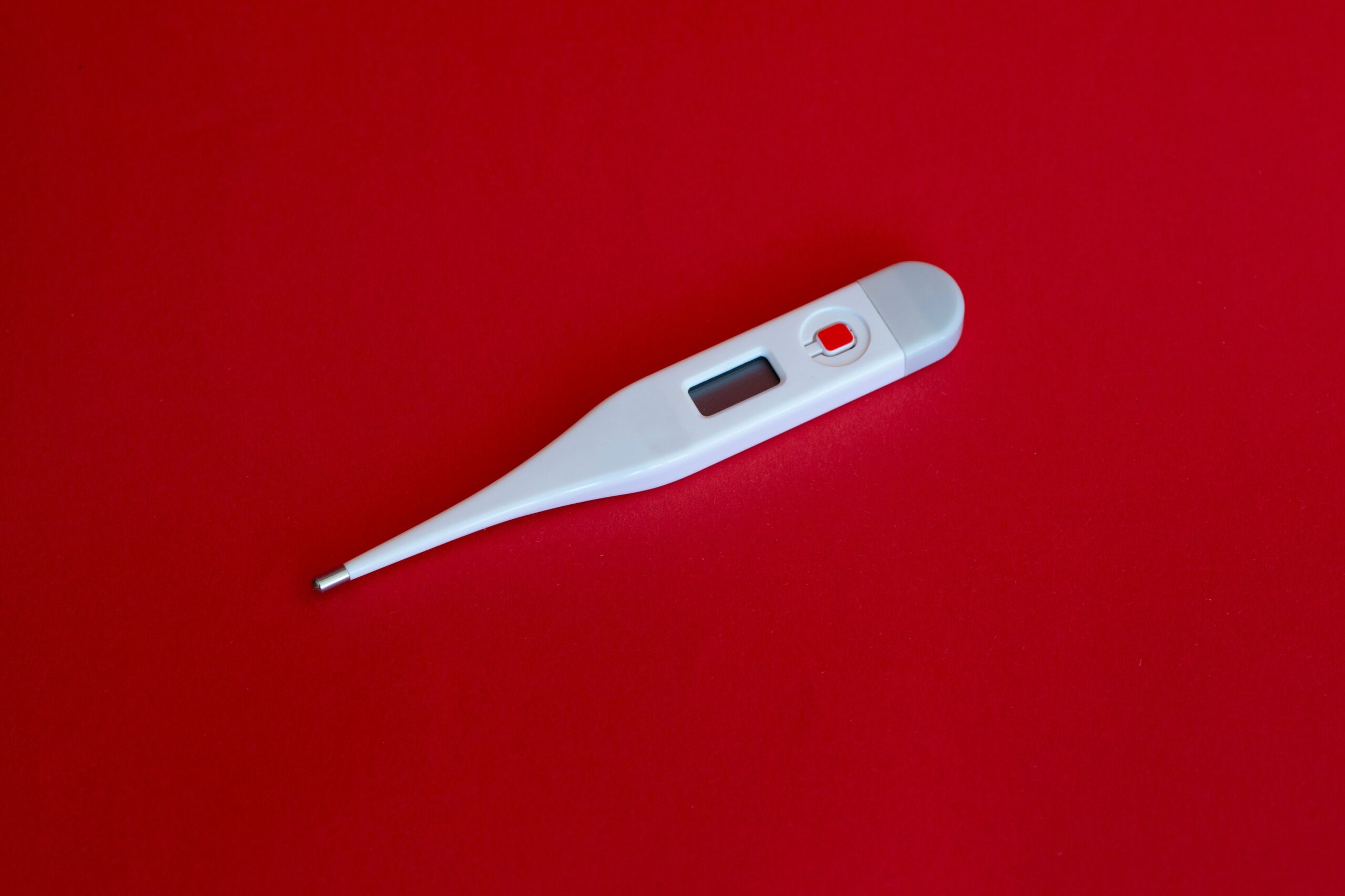
Staphylococcus aureus bacteria very often affects the skin and soft tissues![]() . MRSA infections are associated with necrotizing fasciitis and diabetic foot ulcers. MRSA infections are drug-resistant, so skin infections frequently recur. MRSA can also cause boils and abscesses. Staphylococcus aureus usually causes limited skin infections such as folliculitis. For this reason, the symptoms can vary widely. In contrast, extramammary MRSA infections can produce the following symptoms in the form of skin lesions.
. MRSA infections are associated with necrotizing fasciitis and diabetic foot ulcers. MRSA infections are drug-resistant, so skin infections frequently recur. MRSA can also cause boils and abscesses. Staphylococcus aureus usually causes limited skin infections such as folliculitis. For this reason, the symptoms can vary widely. In contrast, extramammary MRSA infections can produce the following symptoms in the form of skin lesions.
MRSA infection can manifest as skin lesions. Skin symptoms include small nodules that look like pimples or spider bites. They are red and swollen. There may be pain and serous or purulent exudate in their area. These lesions are often seen around the injured skin and in hairy areas, such as on the nape of the neck, perineum, or armpits.
Staphylococci are also a cause of bone and joint infections. MRSA can cause various conditions, including osteomyelitis of the spine![]() and other types of bone. Through extension of local infection from a wound or as part of a blood-borne infection, bone and joint infections occur. In addition, MRSA can cause septic arthritis. Symptoms of bone and joint infections include:
and other types of bone. Through extension of local infection from a wound or as part of a blood-borne infection, bone and joint infections occur. In addition, MRSA can cause septic arthritis. Symptoms of bone and joint infections include:

Bone and joint infections are often associated with painful symptoms. Muscles and joints are more painful, especially when touched. They are tender and sensitive. Bone pains, on the other hand, often occur at night and are characterized by continuity. Bone pain refers to very high tenderness and discomfort in one or more bone surfaces.
Redness and swelling may occur in areas affected by MRSA infection. The skin may also be excessively warmed in the area of infection. With infection, legs and other limbs can swell, and it is very often accompanied by pain. Staphylococcus bacteria affect various joints, bones, and muscles, so the area affected may vary from case to case.
When pain, swelling, and warming occur, limb and body mobility is impaired. Patients generally have difficulty walking and moving, as it causes significant discomfort. Reduced limb mobility can cause a complete inability to move the limb.
In addition, bone and joint infections are often accompanied by general symptoms. Symptoms may include fever, feeling weak, and not wanting to eat. These uncharacteristic symptoms are related to the condition in the body. General weakness is often one of the first symptoms of a viral or bacterial infection.
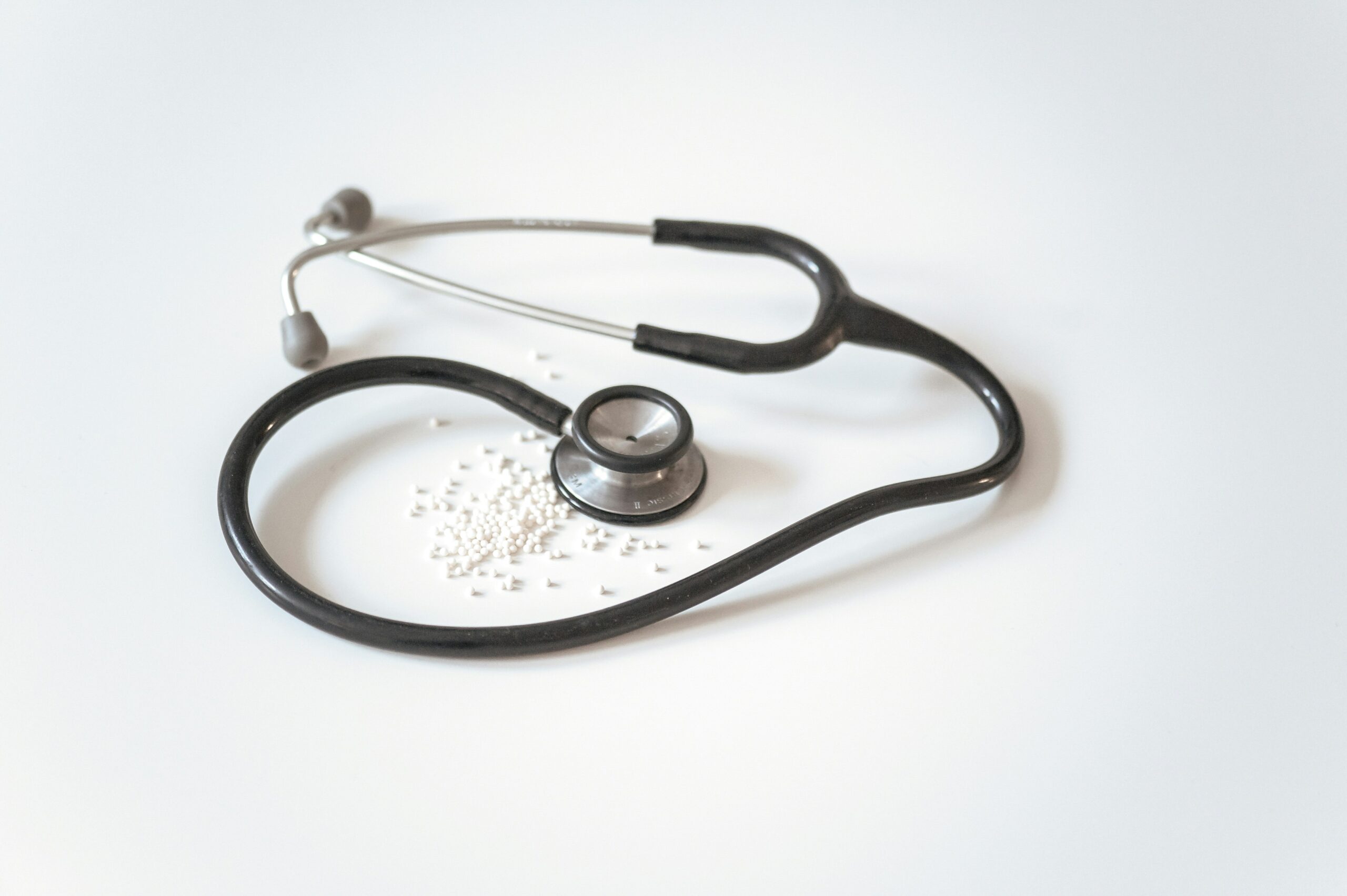
MRSA infection also causes bacterial endocarditis, which is a dangerous condition with a high mortality rate. Patients may develop secondary infections in distant foci![]() , such as bones and organs. Such patients must receive medical care as soon as possible. Endocarditis is an infection affecting the inner layer of cells lining the heart's chambers, atria, and valves. Endocarditis occurs when staphylococcus bacteria enter the bloodstream and, carried with the blood, attach themselves to various areas of the heart. Symptoms of endocarditis include:
, such as bones and organs. Such patients must receive medical care as soon as possible. Endocarditis is an infection affecting the inner layer of cells lining the heart's chambers, atria, and valves. Endocarditis occurs when staphylococcus bacteria enter the bloodstream and, carried with the blood, attach themselves to various areas of the heart. Symptoms of endocarditis include:
This group of symptoms includes a feeling of breathlessness, which occurs even at rest but may increase with physical activity. In addition, heart failure leads to chronic and excessive fatigue. Night sweats and headaches may occur. Occasionally, symptoms such as non-painful hemorrhagic patches on the palms and soles or petechiae on the retina occur.
Endocarditis is very often accompanied by fever or a sub-febrile state. It is not uncommon to observe a lack of appetite, which undoubtedly affects weight loss. Unfortunately, infectious endocarditis does not produce specific symptoms. Patients often attribute the symptoms that appear to different disease entities, such as the flu or the common cold.
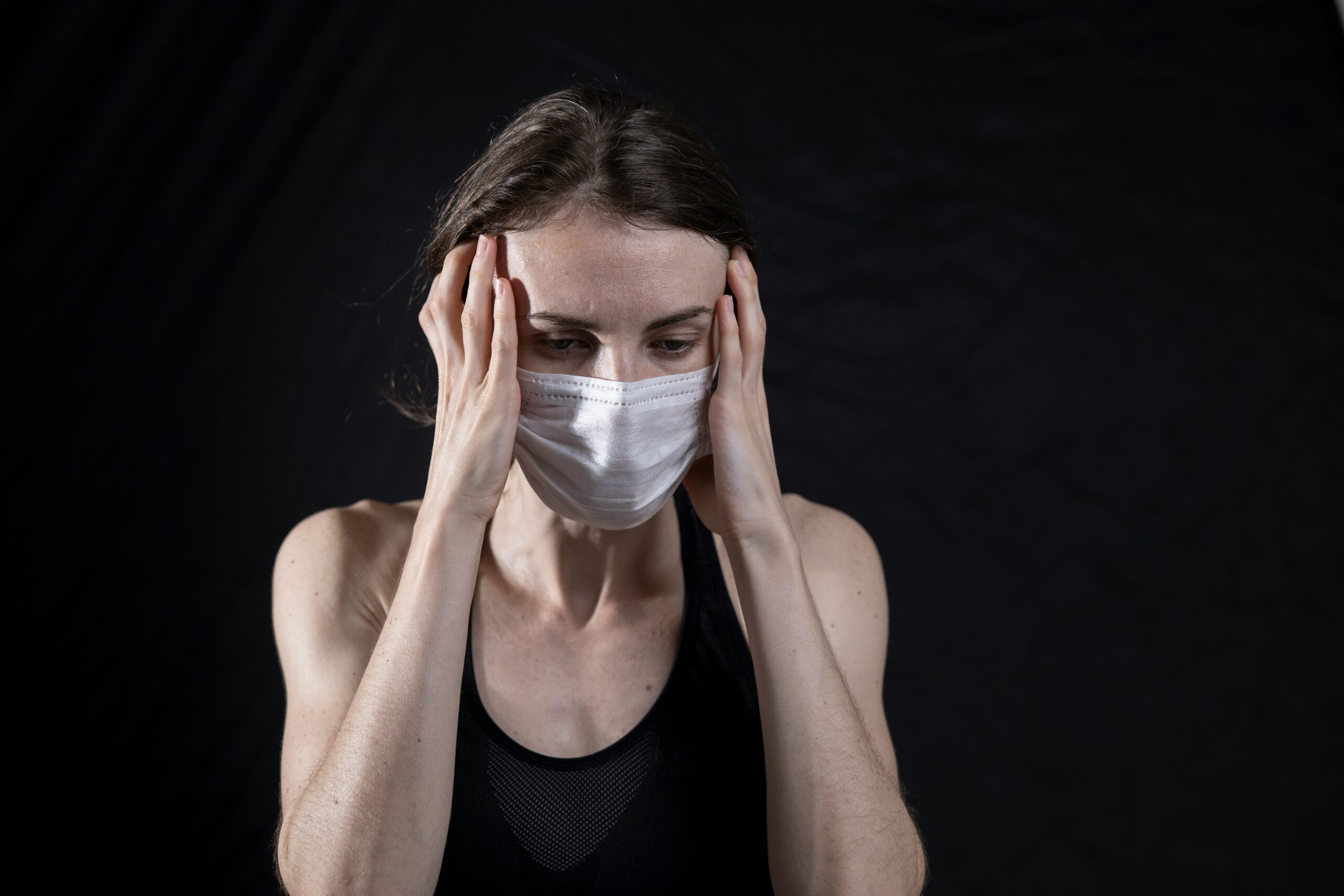
Bacteraemia caused by resistant staphylococcus bacteria is associated with a high mortality rate. MRSA bacteremia is frequently observed in intensive care unit patients. The mentioned infective endocarditis is associated with bacteremia. MRSA bacteremia usually produces worse outcomes than different MRSA infections because it is a hazardous and severe condition. Additionally, MRSA bacteria are resistant to v********n![]() , an important drug used to treat bacteremia, which worsens healing outcomes. Symptoms of MRSA bacteremia include:
, an important drug used to treat bacteremia, which worsens healing outcomes. Symptoms of MRSA bacteremia include:
Bacteraemia is a condition in which bacteria are present in the bloodstream. Usually, our immune system can fight these bacteria, but in some cases, they can cause an infection. Intermittent bacteremia is characterized by a sudden fever combined with chills. The symptoms of bacteremia can be non-specific, so it is important to carry out appropriate diagnostic tests.
The number of breaths per minute may increase during bacteremia. The accelerated respiratory rate most often occurs during high fever. Under solid emotions or physical exertion, the number of breaths may proliferate.
The heart rate may also be elevated during bacteremia, fever, and accelerated breathing. Symptoms characteristic of a high heart rate are palpitations, dizziness, tinnitus, shortness of breath, and chest pain. However, it is worth remembering that bacteremia may produce no symptoms.

Detection of MRSA infection can be problematic. Methicillin-resistant Staphylococcus aureus is a specific type of bacteria that is resistant to antibiotics. This means that it can cause infections that are difficult to treat and spread quickly if left undetected. The staphylococcal population in the body is often mixed, consisting of various types of staph bacteria. To detect the bacteria, a culture or microbiological test![]() is done.
is done.
A culture is a microbiological test used to detect and identify pathogens in biological samples. Bacteriological cultures are often performed on the patient's blood, but other body fluids are also possible. Biological material can also include saliva, cerebrospinal fluid, swabs from the throat, ear, nose, and oral mucosa. Sometimes, several samples are taken to assess various organs or to detect a small number of bacteria.
In culture, drug-resistant populations may grow more slowly than treatment-susceptible populations, so there is a risk of missing them. Microbiological testing aims to identify the bacterium causing the infection for MRSA infections and assess its drug susceptibility. Determining the source of the infection is also essential, as it helps prevent further cases of the disease.
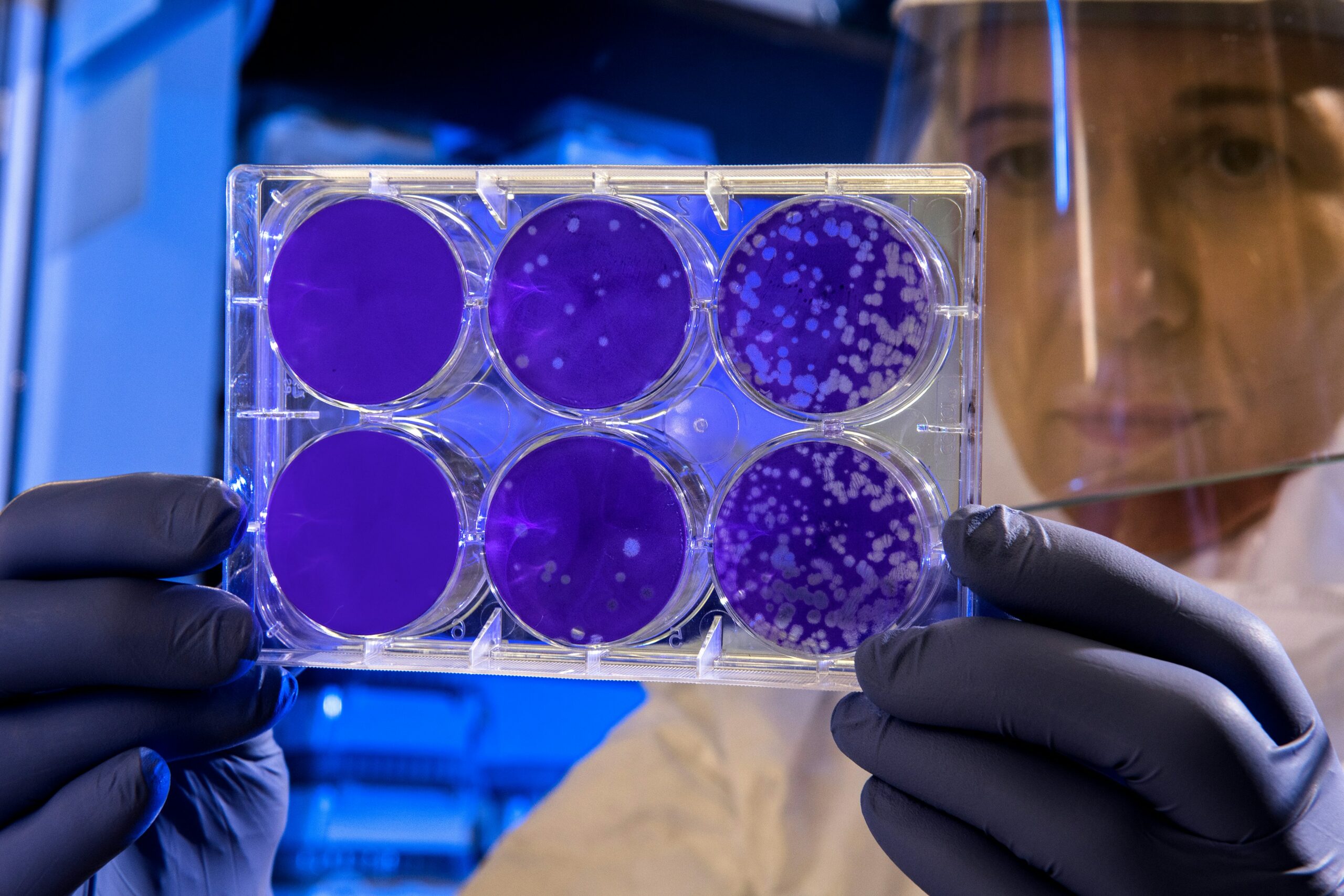
If an outbreak of MRSA occurs in a medical facility or a different location, specific measures must be taken to prevent the spreading of the disease. The most important thing is to isolate all patients diagnosed with MRSA. This prevents the disease from spreading. Another problem with treating MRSA infections is that not all antimicrobial substances are effective against MRSA. Therefore, treating infected patients can be difficult.
Treatment depends on the area invaded by the staphylococcal bacteria. Therefore, the appropriate antibiotic therapy choice depends on the disease type and the bacteria's resistance patterns. The patient's general condition and the availability of medication are also taken into account.
MRSA infections show resistance to many types of antibiotics, so the use of drugs that show efficacy needs to be considered. Oral antibiotics, including sulfamethoxazole![]() , treat skin infections. When using antibiotic therapy, organ function must be considered so as not to lead to complications. These drugs can be used as alternative oral regimens if available.
, treat skin infections. When using antibiotic therapy, organ function must be considered so as not to lead to complications. These drugs can be used as alternative oral regimens if available.
In case of systemic bacterial involvement, parenteral antibiotics are used. Then, in some cases, intravenous v********n![]() is given. Most MRSA infections are susceptible to vancomycin, although some cases of resistance require a different drug. The dosage depends on the type and severity of the MRSA infection. Regardless of the choice of drug, further treatment should be based on a thorough review of culture and sensitivity data. The duration of treatment for MRSA infection is usually up to 14 days
is given. Most MRSA infections are susceptible to vancomycin, although some cases of resistance require a different drug. The dosage depends on the type and severity of the MRSA infection. Regardless of the choice of drug, further treatment should be based on a thorough review of culture and sensitivity data. The duration of treatment for MRSA infection is usually up to 14 days![]() .
.

Preventing MRSA infections is vital, as spreading the bacteria can lead to an epidemic. Prevention includes taking necessary steps, such as community education on hygiene and safety. Most importantly, attention is paid to hand hygiene. It is essential among medical staff before and after contact with MRSA-infected patients. Precautions also apply to items such as gloves and masks. Infection control may also include isolation of infected patients.
As a safety goal, protection against MRSA infections is achieved through infection control and regular microbiological tests. Transport of patients with MRSA should be minimized. Many hospitals are now introducing mandatory reporting of all new MRSA cases. Patients with MRSA should receive immediate specialist care. It is essential for seniors and people with organ dysfunction, in whom the mortality rate of MRSA infection is higher. It is then necessary to promote awareness of MRSA infections and how to prevent them, as MRSA infections are still occurring today.

Due to the prevalence of MRSA infection, there is currently still a need to develop the most effective way to control the disease with vaccines. The problem of bacterial resistance to antibiotics is a significant challenge in terms of treatment and outbreaks, so increasing control would have a positive effect. Work on vaccines against MRSA infection is being investigated by the WHO and the Centre for Disease Control and Prevention![]() .
.
Nowadays, developing new ways to combat antibiotic resistance in staphylococcus bacteria is essential. Although the bacteria are not resistant to antibodies, vaccine attempts are further under testing. Obtaining a potent and effective vaccine is a long and complicated process requiring much research. By obtaining a vaccine against MRSA, unsafe infections and the spreading of diseases could be prevented to a significant level.
MRSA Infection is short for resistant strains of Staphylococcus aureus, i.e., not susceptible to certain antibiotic drugs. Staphylococcus aureus is a bacterium that colonizes various parts of the human body, including the skin, and also inhabits the nasal mucosa. Carrying staphylococcus can be asymptomatic and harmless to humans, but it can also cause symptoms and result in infections that are dangerous to health. It is particularly vulnerable to immunocompromised individuals.
Staphylococcus aureus causes various types of disease with a broad spectrum of symptoms. The most common is cellulitis, which is an infection of the skin. It can cause septicemia. Staphylococcus can be contracted from an infected person through direct contact with infected objects. MRSA infection can be fatal, so it is important to receive prompt treatment. Diagnosis includes microbiological tests that indicate the bacteria and their resistance to antibiotics. Treatment includes antibiotic-based therapy with drugs that are effective against resistant staph bacteria. Prevention is also important, especially in hospital settings where outbreaks often occur.